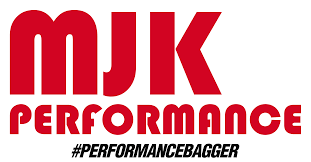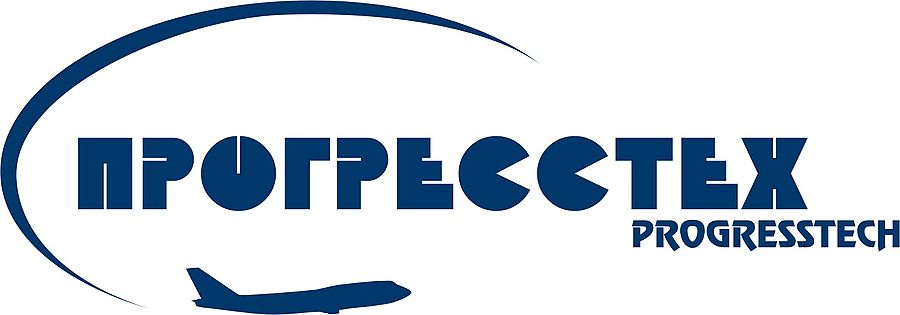Autodesk Fusion 360 for IT-company Scriba
Description
The iterative design approach followed by the Scriba team has dovetailed with their use of Fusion 360. It started when Craig (the owner) discovered an early version of the software a few years ago, and continued over time as the fledgling company received technical support — and encouragement — from Autodesk staff in San Francisco.
Now the larger team counts on Fusion 360’s collaboration features to maintain the master model of the product and coordinate inputs received from team members and outside experts spread across Ireland and beyond. The software has also enabled the team to test out alternative components before completing final designs. This has extended to such fine details as identifying and visualizing overhangs and areas of low draft angles needing special attention, as well as simulating applied loads to identify high-stress areas where the product’s bendability called for precise changes in the geometry of the materials.
Integrated cloud rendering has given Scriba’s designers the ability to validate many aesthetic design changes rapidly, which was particularly important when they were finalizing the material finishes on the product. They also used Fusion 360 to prepare drawings for tooling that they then shared with their fabrication partners.
Details
Business tasks
Enhance Competitive Ability
Ensure Compliance
Problems
No control over implementation
High costs









